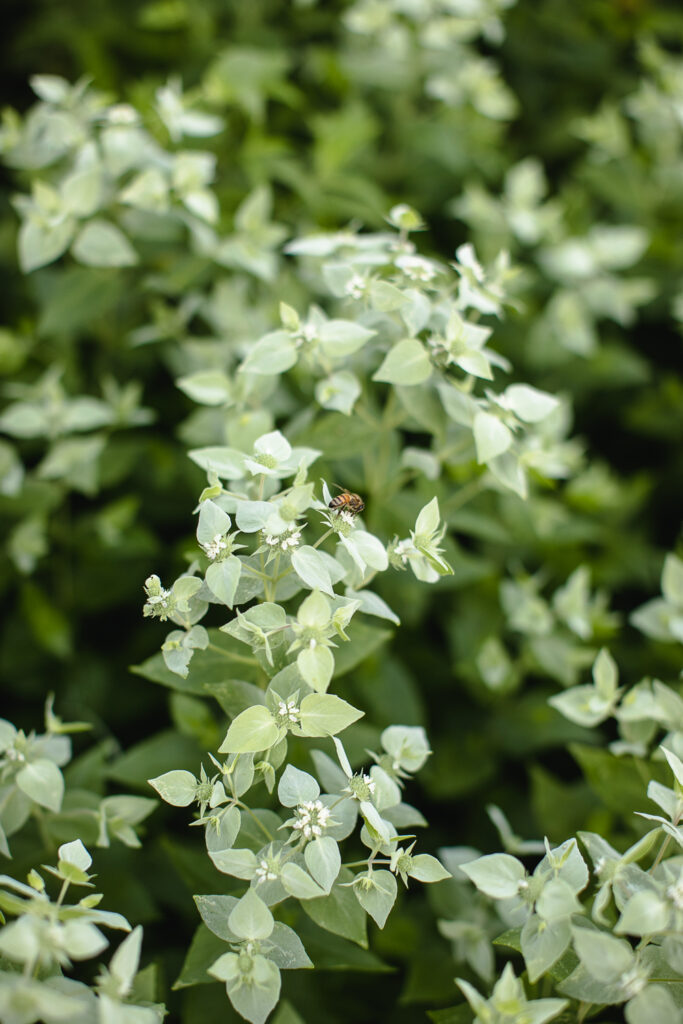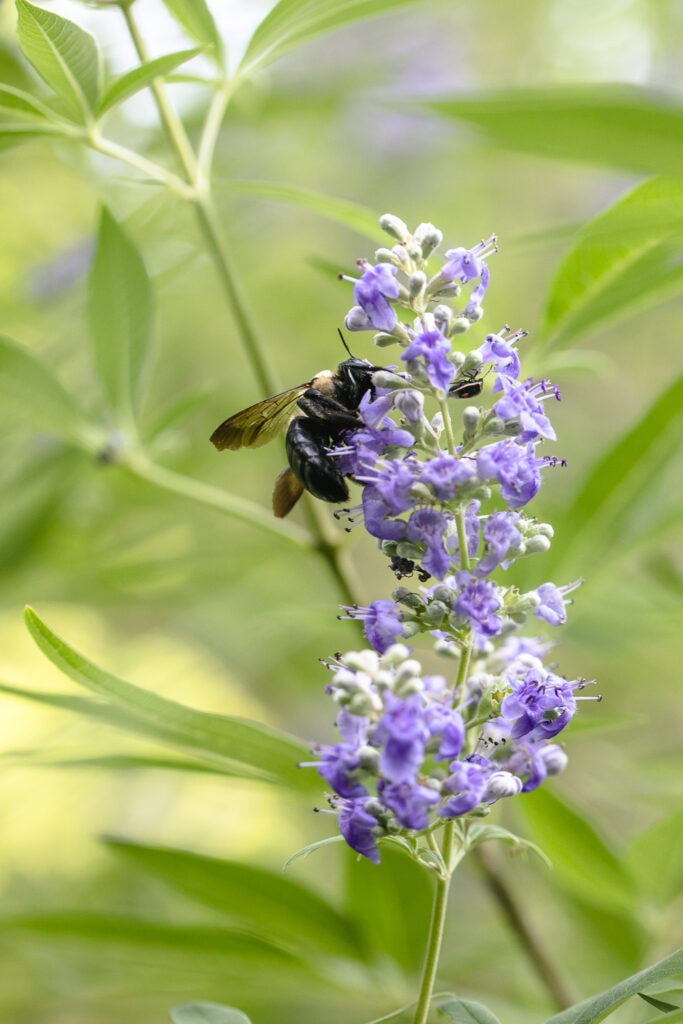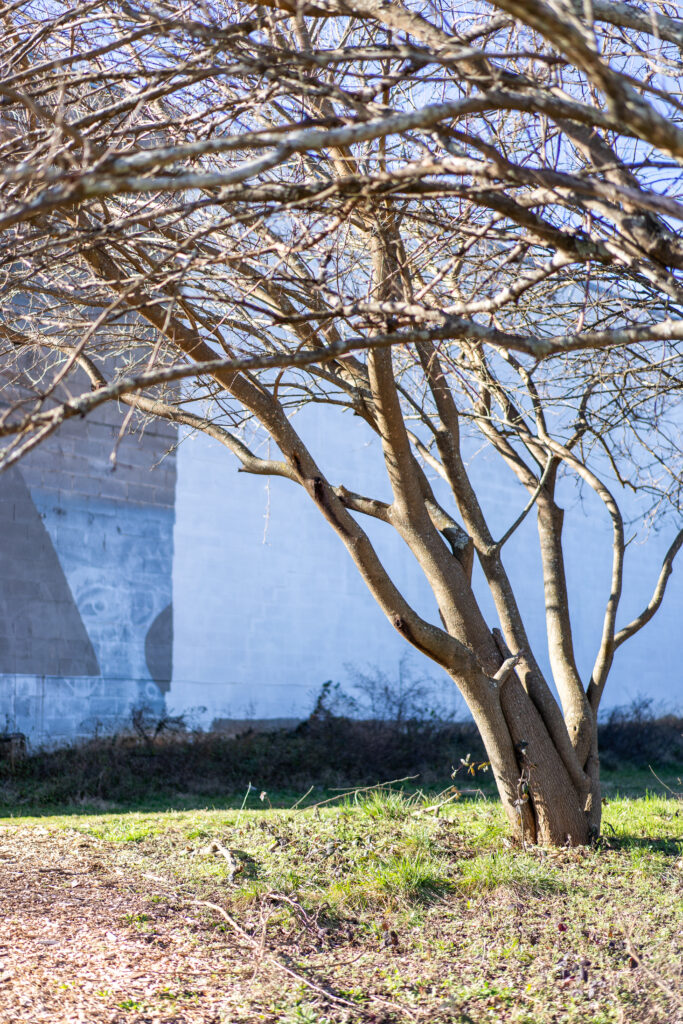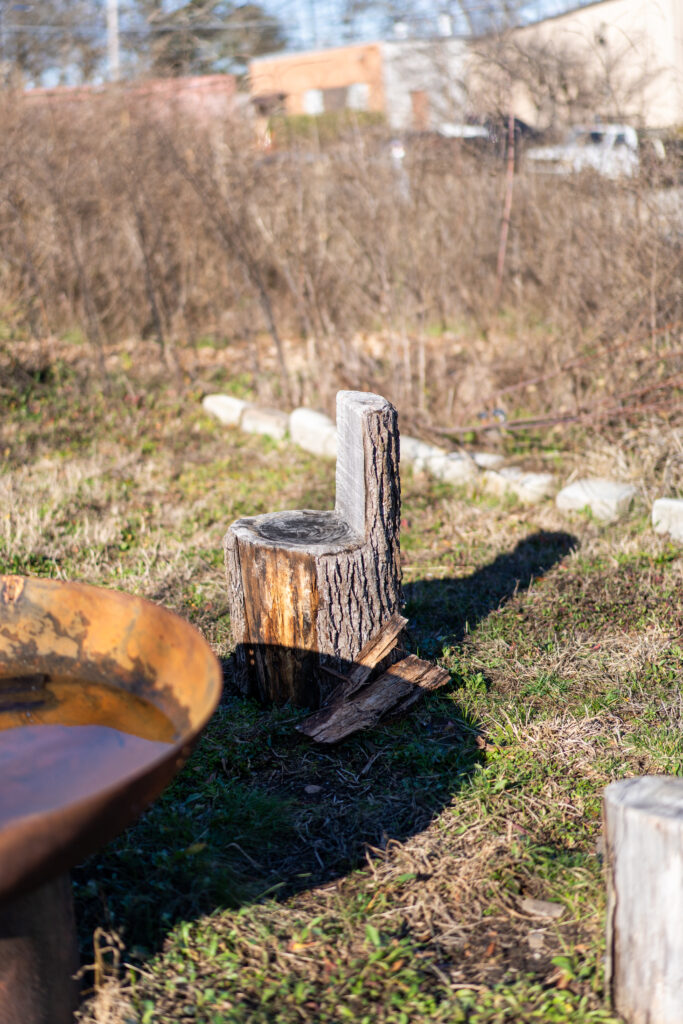How our designs adapt to and thrive in different seasons, showcasing the beauty and functionality throughout the year
One of our values is Work Like Nature, For Nature. This value is infused in all that we do. When we design a landscape, we create them with seasonality in mind, which means that we expect the life cycle to exist within each garden and we allow resilience and buoyancy to flourish in the permaculture landscape.
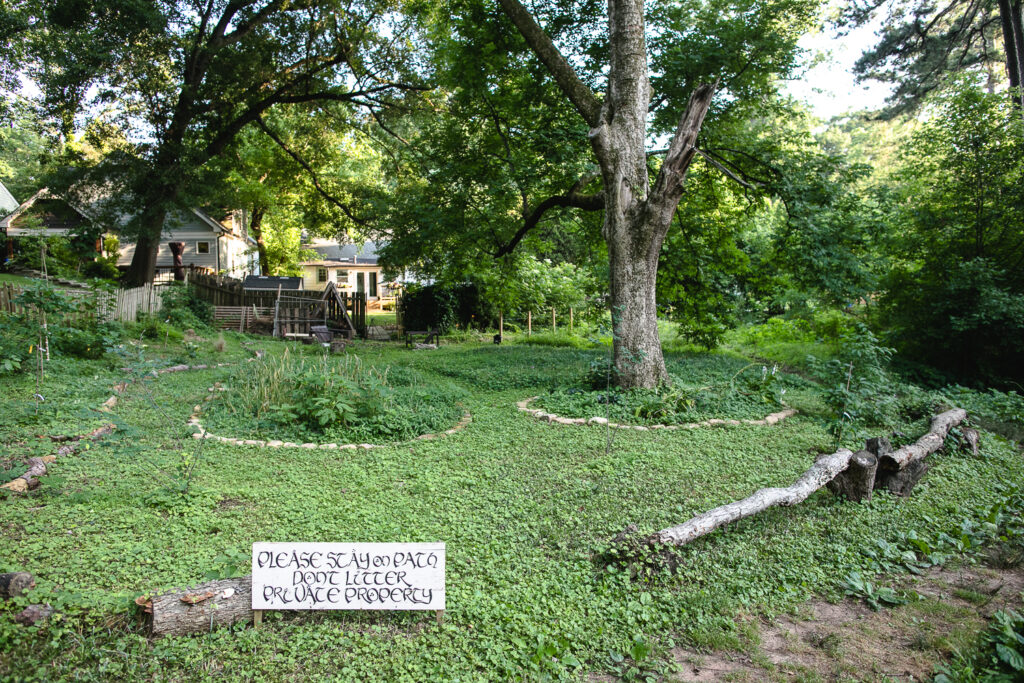
Spring
Spring is a time of vibrant renewal when the landscape bursts back to life after winter’s dormancy.
-
- Soil Building and Planting: Early spring is perfect for adding compost, mulch, and organic matter to enrich the soil, setting the stage for healthy plant growth. It’s also a time to sow seeds, plant native perennials, and introduce cover crops that will protect and nourish the soil throughout the year. This is a great time of year for our caretaking team to really educate our clients on permaculture plants and practices while interacting with their landscapes.
- Welcoming Pollinators: As the weather warms, pollinators such as bees, butterflies, and hummingbirds begin to return. We choose native plants like buttonbush, butterfly weed, Robin’s fleabane which provide essential nectar sources, inviting balance back into the ecosystem.
- Embracing Weeds as Indicators: Instead of viewing spring weeds as nuisances, consider them as indicators of soil health. Some, like dandelions and clover, improve soil fertility, prevent erosion, and provide food for pollinators. This is a great time to address springtime pest and disease. Understanding their role helps create a balanced ecosystem rather than an ongoing battle.
- Resist the urge to mow! By letting springtime be a growing season, you allow biodiversity to build and you support those early pollinators that rely on the earliest spring blossoms.
Summer
Summer is when the regenerative landscape comes into full bloom. It’s a season of abundance, with plants at their peak and wildlife thriving.
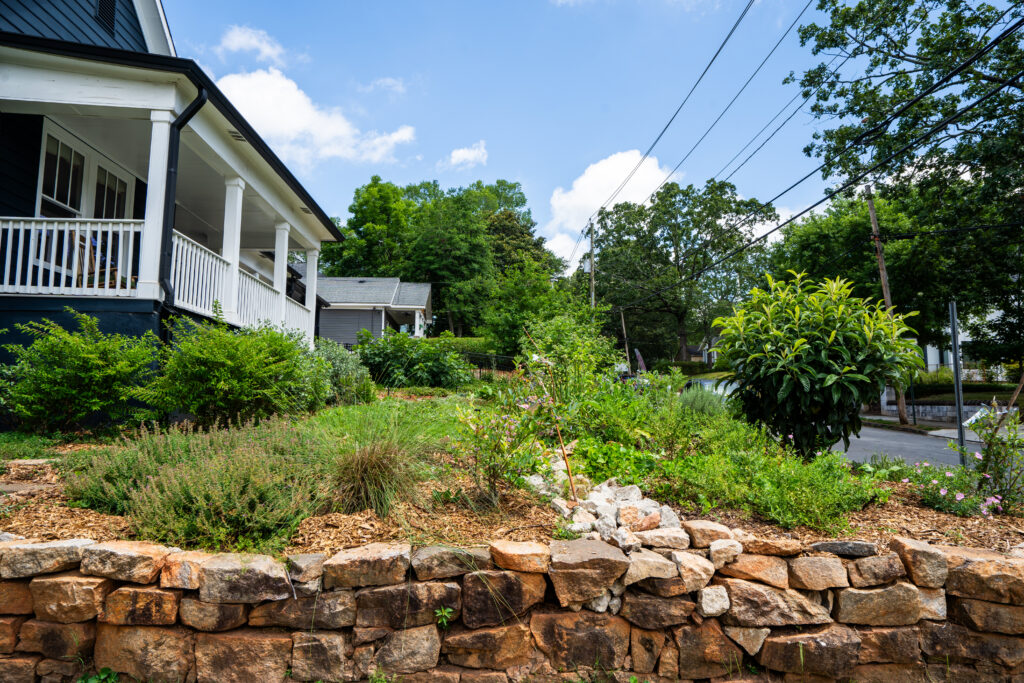
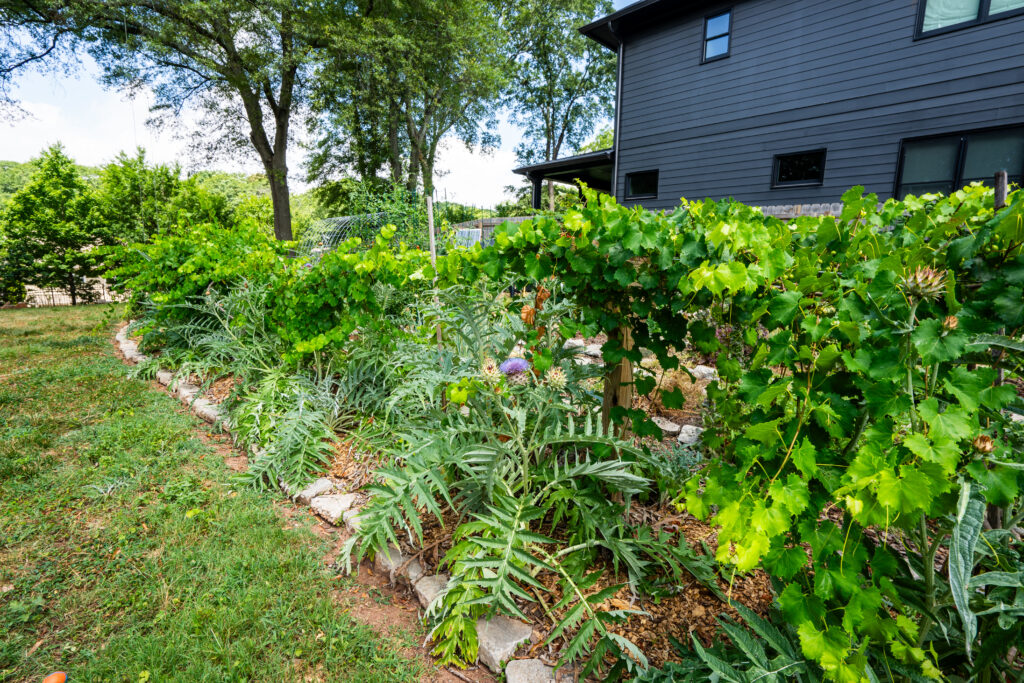
- Water Conservation and Mulching: As temperatures rise, water becomes a precious resource. This is why much of our design work is about managing water as a resource. By establishing drought-tolerant native species and installing raingardens and swales we ensure that the landscape can withstand dry spells with minimal intervention.
- Creating Shade and Microclimates: We use trees, shrubs, and strategically placed structures to create microclimates within the garden. These shaded areas offer cooler spaces for plants and animals, reducing the impact of intense summer heat.
- Pest Management: Summer pests are part of the landscape’s balance. We like to encourage natural predators like ladybugs, birds, and beneficial insects to keep pest populations in check. Planting a diverse mix of species helps prevent any one pest from overrunning the garden, maintaining equilibrium.
Fall
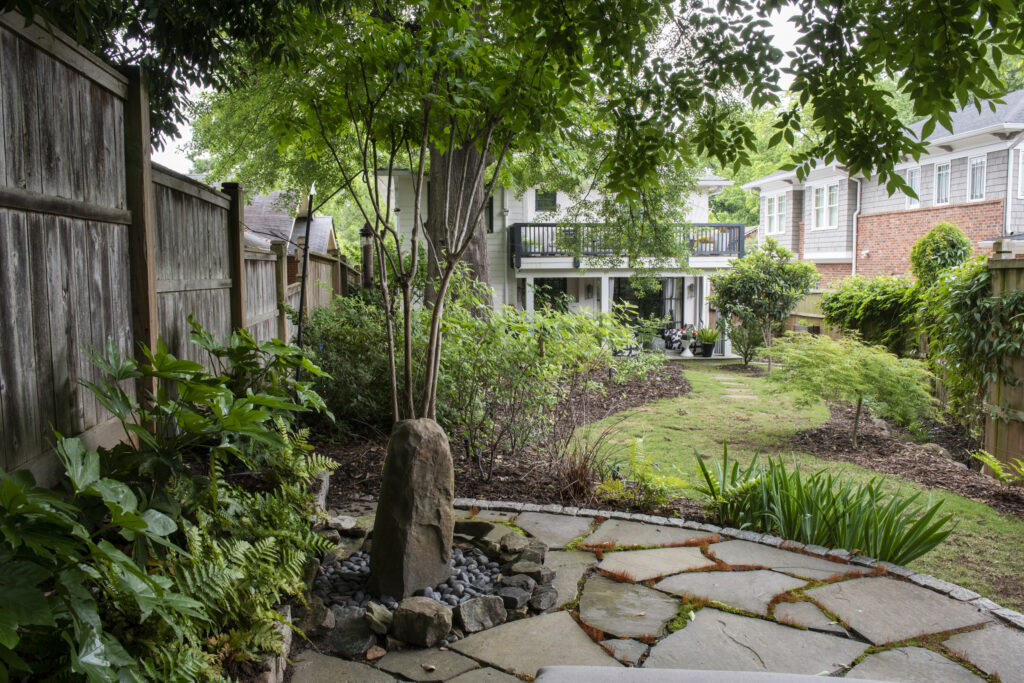
Autumn is the season of harvest and reflection—a time to gather the fruits of your labor and prepare for the coming winter. In a regenerative landscape, this period is critical for reinforcing the soil’s health and setting the stage for next year’s growth.
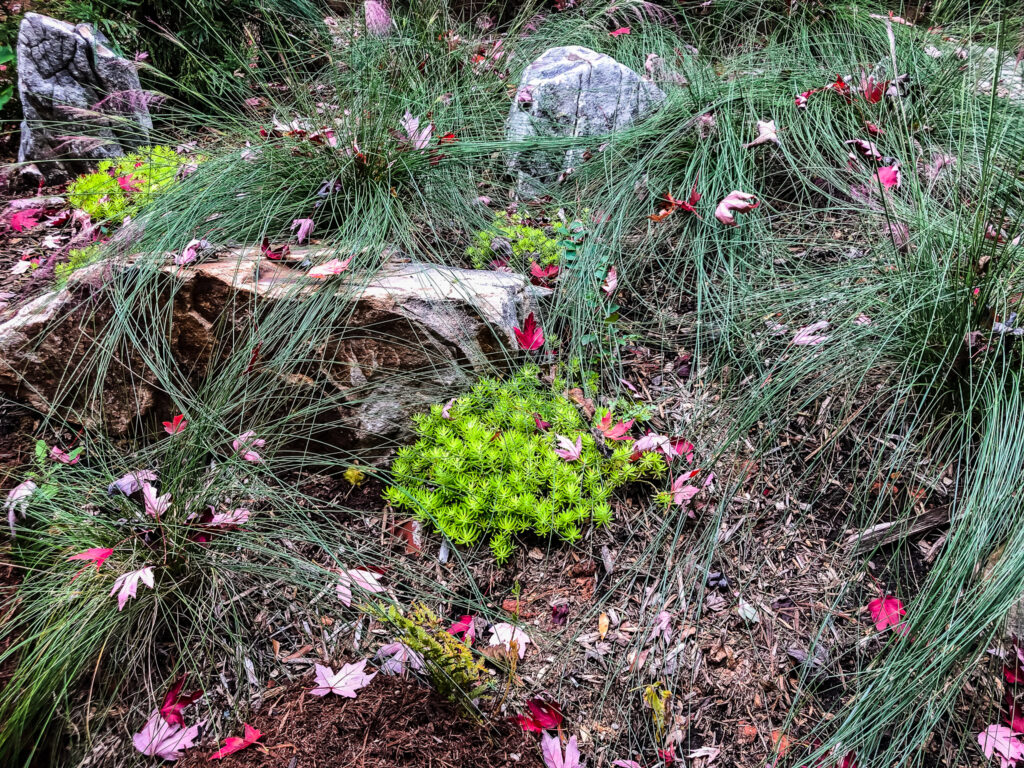
- Cover Cropping and Soil Rest: Planting cover crops like clover, rye, or vetch helps protect the soil from erosion, fix nitrogen, and suppress weeds. This is the time to prepare the soil for the next growing season. These crops will also provide organic matter when turned under in the spring, enhancing soil fertility.
- Collecting Seeds and Propagating Plants: Fall is a great time to collect seeds from your healthiest plants for future propagation. It’s also an ideal time to divide and transplant perennials, allowing them to establish before the ground freezes.
- Leave your leaves: Instead of raking away leaves, consider leaving them in place to decompose naturally. Fallen leaves provide habitat for overwintering insects, protect plant roots, and add valuable organic matter to the soil.
Winter
A time for rest – in taking cues from nature, we believe it is important to rest your bones. During winter, our landscapes focus their energy down into the roots. Although we might not see whats going on, rest asured, winter is an essential time for the landscape to recover and prepare for the next growing season.
- Letting the Garden Rest: Resist the urge to overly tidy the garden. Leaving seed heads, stalks, and leaf litter provides critical habitat and food sources for wildlife to overwinter. Birds, insects, and small mammals all benefit from the shelter and nourishment these remnants offer.
- Planning and Reflecting: Use the quiet of winter to reflect on the past growing season. What worked well? What challenges did you face? Winter is an excellent time for planning, researching new plant varieties, observing what winter plants are blooming, and setting intentions for the coming year’s landscape.
- Preparing for Spring: Winter is also the perfect time to prepare tools, order seeds, and make any necessary repairs to garden structures. This behind-the-scenes work sets the stage for a successful spring launch.
